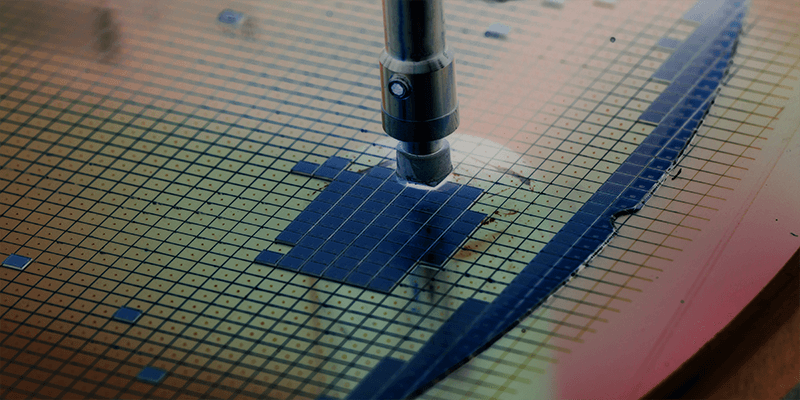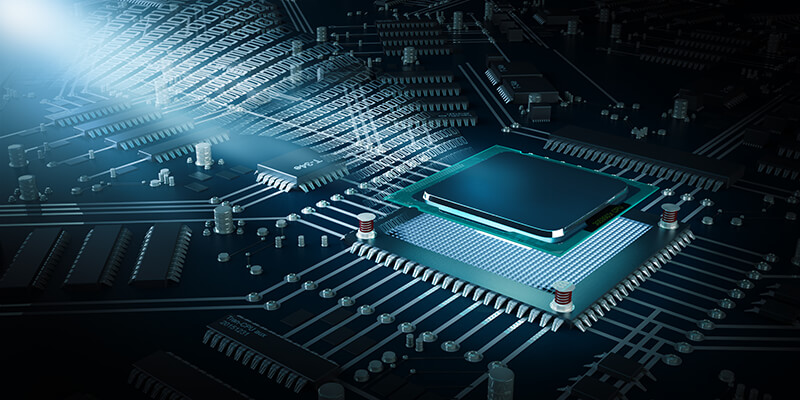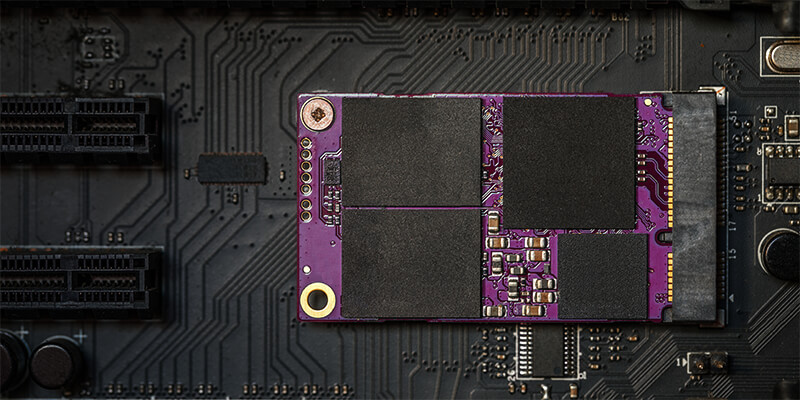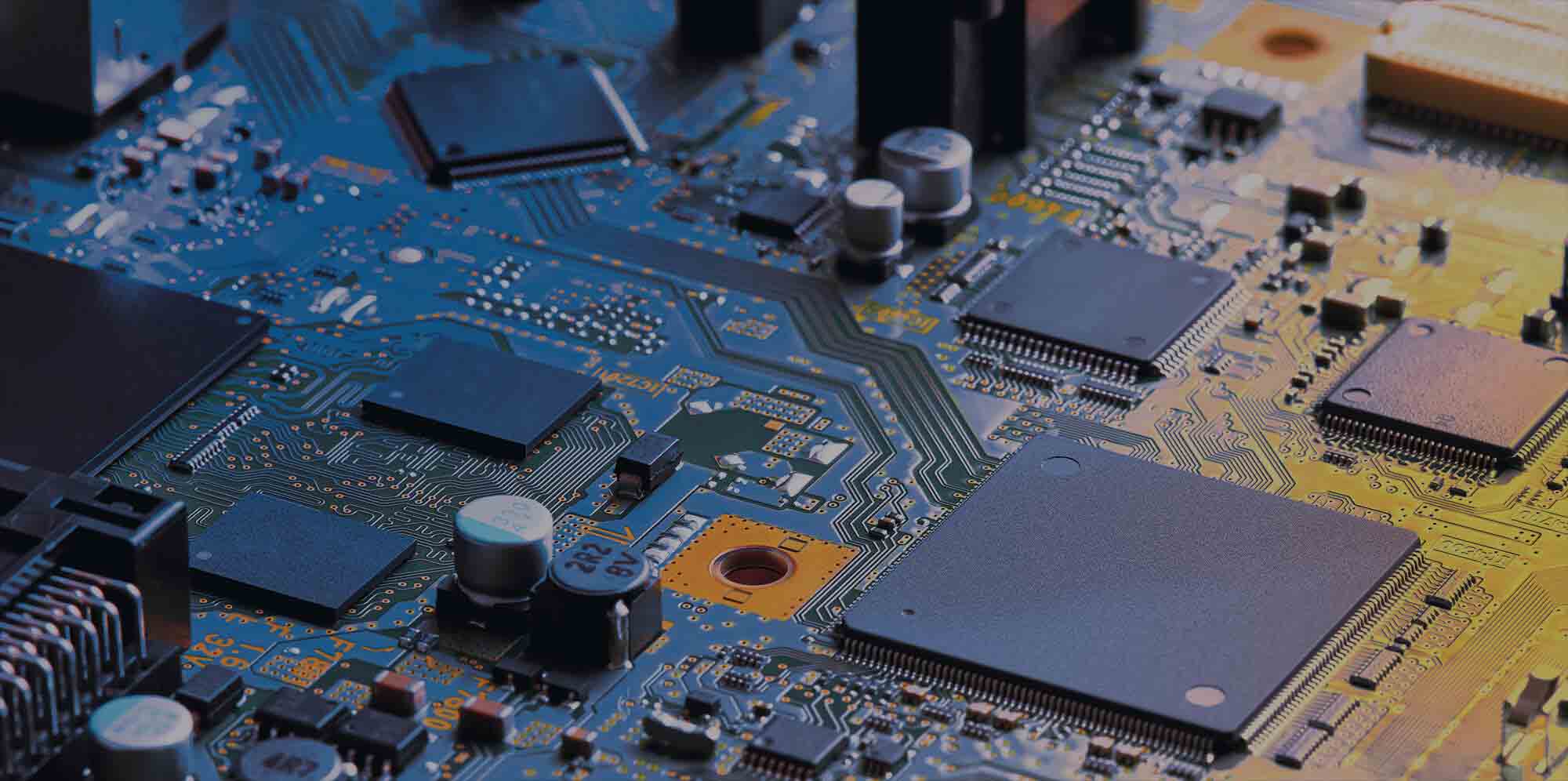
Secure Boot: The Cornerstone of Ensuring Device Integrity
Many of the most common security features could be rendered ineffective by an attacker who controls the systems firmware. Secure boot prevents this by enforcing a secure system state.

Understanding WORM Functionality and its role within Data Storage
WORM stands for “Write Once, Ready Many.” It is a data storage technology that allows data to be written to a storage device once and then be read multiple times - ultimately ensuring data integrity for a range of secure applications and regulatory compliance documentation

Securing the Rails: Reliable Data Storage for Railway Applications
Reliable data storage is always a top priority. But when it comes to railway applications, the stakes are extra high. Railway infrastructure poses unique challenges for systems designers.

Industrial-Grade SD and microSD Cards: Reliable, Durable & Secure
Originally designed for consumer environments, these SD and microSD cards are now undergoing a renaissance in industrial environments, where storage system design engineers are welcoming them with open arms for their impressive reliability, durability, and security.

Do's & Don'ts: How to Design a NAND Flash-Based Storage System
Designing a NAND flash-based storage system is a tall order. For one, there are many different systems and flash controllers available. Designers must make tough decisions to create a system that can meet industry- and application-specific requirements.

Modern NAND Flash Memory Demands Sophisticated Controllers
Driven by a demand for high capacity, low-power and low-cost storage, NAND flash technology has evolved significantly during its lifetime. As the technology has become more demanding, the role of the controller has become increasingly complex.

Choosing the best NAND controller for the job
What characteristics and features should be considered when choosing the right NAND flash controller for a specific application. This blog looks into different feature sets and characteristics at play.

The Importance of Controlling your Bill of Materials
If you want to manufacture products you need parts. If you want to manufacture good products, you need good parts. And if you want to manufacture good products that have a consistent long-term presence in your chosen market, you need consistent long-term access to good parts.

Extending Flash Lifetime
Flash controllers are responsible for managing usage and optimizing the performance of the flash memory device, hence they increase endurance, reliability, and the overall lifetime of the system.

Preventing Data Loss
In times of a steady increasing number of systems managing crucial data, it has become increasingly critical to foresee impending issues before they happen. The hySMART™ reads the data from a connected Hyperstone device and displays valuable information and statistics.

The Developments of 3D NAND Flash Technology
SSDs based on NAND flash have advantages of low power, high speed and reliability. There is still a price premium compared to traditional HDDs; however, newer devices based on 3D NAND flash are becoming ever more competitive in the storage market.

Power Consumption and NAND Flash
When designing a storage system, the power used by each component is an important consideration. Power dissipation in semiconductor devices has increased because of higher data rates and the smaller transistor sizes in modern chips.

Misconceptions about NAND Flash
NAND flash, the non-volatile storage technology, is used in an ever-growing range of storage applications. Its rise in popularity over the last two decades has also been met with many misconceptions. Here we will look at four of them.

Consumer, Enterprise & Industrial Storage
Each storage device based on NAND flash is designed to meet the requirements of a specific market, which may be consumer, prosumer, enterprise or industrial. The requirements of these markets differ dramatically.

NAND Flash Storage Sees Continued Growth
In the industrial market, compact size, low power and the inherent robustness of a technology with no moving parts are major benefits of flash storage. What is it about NAND flash technology that has fueled this growth?

How hyMap improves Reliability and Endurance in Storage Systems
hyMap® is our flash management firmware that implements enhanced Flash Translation Layer (FTL) mapping which significantly improves random write performances, reliability, and endurance.

5G and the Role of Flash Controllers
Through the pandemic, access to online resources has become even more important for remote working, virtual meetings and online schooling. How is 5G changing our world and what is the role of the flash controller?

Wear leveling and how it impacts SSD life expectancy
Wear leveling is a flash memory controller feature that maximizes the life expectancy of SSDs and all NAND flash storage systems. But how does it work and why do we need it?

How technology is helping fight COVID-19
Modern technology is not only at the forefront in the fight against COVID-19, but it has also heavily influenced the way we communicate with each other in different environments.

Which Error Correction Codes are Most Suitable for Industrial Storage?
LDPC codes have become increasingly common in NAND flash storage devices such as SSDs. This blog considers their suitability for different classes of applications.

Understanding SSD Performance Claims
Performance numbers are probably the most looked-at indications in any SSD datasheet. However, these numbers vary over the drive´s lifetime and over the time of transfers. Learn why here.

Security in NAND Flash Storage Systems
Nowadays, many storage systems are connected to the internet, making them efficient but vulnerable. As the demands on security grow, so too do the security requirements of the flash memory controller.

How pseudo-SLC mode can make 3D NAND flash more reliable
Hyperstone’s flash controllers are designed to support the pSLC mode, giving manufacturers greater design flexibility without sacrificing performance or reliability.

Industrial grade data storage for medical applications
There are a wide range of healthcare devices that require the ability to store valuable data and these devices need to be designed with reliability in mind.

FlashXE® and error avoidance for reliable NAND flash systems
There are many factors that contribute to the reliability of flash memory. Hyperstone controllers achieve their renowned level of reliability with the FlashXE ecosystem.

Why technical support isn't what it used to be ...
For too many companies, support stops once their business has been won. This is a serious problem for companies who are designing products for markets that require longevity.

Reliable Storage for Event Recording
Reliable real-time data storage is required in many industries. One particularly demanding example is black boxes in transportation systems, such as the airplane flight-data recorder and train event recorder. These have very strict requirements for rugged and reliable computing and storage.

A simplified comparison: Warehouses & NAND Flashes
The technology can be complex, but when trying to explain it in a simple way one could argue that a flash memory is a warehouse with empty shelves and the controller is the logistics managing it.

How to accurately measure performance in embedded storage
When deciding which solid-state drives (SSDs) to specify for a certain system or product, it would be customary to delve into the spec sheets and select the one with the best stated performance. But is this the performance that you can expect to achieve over the lifetime of the drive?
How much is your storage system really costing you?
When considered holistically, total cost of ownership becomes a vital consideration when designing a product or system. Spending a bit more at the outset can reap huge rewards in operating costs, avoiding failures and ensuring that devices are trusted and valued by the industries they serve.

The advantages of an industrial USB flash drive
The USB form factor is most commonly known for its consumer flash drive. Whilst there is a soaring demand in consumer markets, what is often overlooked is the USBs potential in industrial storage systems due to its flexibility, speed, and robust design.

Choosing the right SSD could save you more than just your data
There’s a saying that goes ‘buy cheap, buy twice’, the meaning of which is fairly clear; if you choose a cheaper and inferior product, you will probably need to replace it sooner than you’d hoped.

Tackling the tradeoffs with using Flash memory in an embedded design
Reaching the best performance of a storage device always comes at a price. This can include reliability, data safety and storage capacity for example. Therefore, it is important to understand the use case of your storage application
The importance of health monitoring
Knowing when the storage system will reach its end of life is an important information for industrial applications to avoid unexpected system failures, which might result in data losses. For that, there are SMART health monitoring tools, giving the user information about the health status of the NAND flash system.

Why power fail management is an essential feature for industrial applications
Power fail management is an essential feature in NAND flash based applications, especially industrial storage solutions where the NAND flash memory controller manages the transactions of sensitive data.

How Disk-on-Board can deliver significant benefits for mass storage
Often overlooked, DoB solutions can save companies significant amounts of money and have an array of benefits for industrial systems allowing for flexible system design, a lower BOM, easier certification and further optimization opportunities
From Sand to Silicon: How are microchips made?
The heart of modern processors - California’s high tech region got its name through the Silicon that is the bread and butter of the semiconductor industry. But how are microchips actually produced?

Platforms provide access, API's allow for differentiation
We’re all about platforms today, there are even companies that offer Platforms as a Service. It isn’t surprising, because a platform can provide access to a huge amount of functionality at a fraction of the cost of development.

The role of the Flash controller: Hiding inherent imperfections
NAND Flash has a number of inherent characteristics that need to be managed to ensure reliability, performance and lifetime, and it is the job of the Flash controller to do this.

What is and how does NAND Flash Memory work?
A type of NVM technology that stores data in arrays of memory cells that are made using Floating-Gate MOSFET transistors. NAND Flash is a cost competitive technology that has become a serious contender to replace HDDs

NAND Flash controllers – The key to endurance and reliability
The interface between a host system and Flash memory is handled by the Flash controller. As well as providing the physical interface, the controller also has to manage the usage of the Flash memory to optimise performance, endurance, reliability and lifetime. Flash memory has some specific characteristics that the controller needs to handle correctly to achieve these goals. Among these are the process for writing data, the limited number of program/erase cycles of Flash memory cells, and error handling.

NAND Flash is displacing hard disk drives
According to Markets and Research, the non-volatile memory market is expected to be over $81 billion in 2022, with an annual growth rate of 9.96%.

Solid State bit density and the Flash Memory Controller
Solid-state or Non-volatile memory is rapidly displacing magnetic media in mass storage, and this goes beyond the ubiquitous “thumb drive” to include high-density storage in servers. NAND Flash, the most prevalent form of solid-state storage, has many benefits, but increasing storage capacity and bit-density while maintaining sufficient reliability is a challenge for the industry. The Flash memory controller and its associated firmware play a crucial role in supporting developments in Flash-based mass storage.
